Mozambique: Obey political dialogue law, end post-election violence - president
Dhlakama: Fighting, surviving and riding a bike in Gorongosa

Lusa / Afonso Dhlakama, photographed earlier in February 2016, o the slops of Gorongosa mountain
A guerrilla leader at 27 years of age, he knew how to lay down arms. But today, he claims to have run out of patience and wants to take power in half the country.
A quarter of a century after the Rome agreement, Afonso Dhlakama is back in the bush, promising to take power in six provinces out of a total of 11 where Renamo won a majority in elections in 2014, and corresponding with the movement’s traditional areas of influence.
“I announced the formation of our government. This will come into effect in March. It could be the first, it could be the 15th, the 30th, but (…) we will govern,” he said this month in Gorongosa.
Dhlakama’s claim and its consequences will be discussed this week at the first Council of State President Filipe Nyusi has called since coming to power in 2014.
Dhlakama criticisms are only the echo of many others made since 1994, and refer to political intolerance, discrimination, and lack of balance and independence in public administration and related matters. Lusa quotes Mozambican journalist Salomáo Moyane, speaking at the end of a conference in Maputo, as summing it up: “This is one of the only countries (…) where we have no leader, even at the level of a sports or farmers association, who does not belong to the ruling party.”
When he took over the leadership of Renamo after the death in combat of André Matsangaissa, the current leader was 27. Like Matsangaissa, he was a former Frelimo fighter who had broken with his organization. Renamo was called Mozambican National Resistance (MNR), and was based in Gorongosa, in the centre of the country, to where Dhlakama returns whenever he feels he is in danger.
The first generation of Renamo fighters were trained in Rhodesia (now Zimbabwe) and its ranks included men who had worn Portuguese uniforms, former Frelimo guerrillas and people without a party but nevertheless discontented with the Maputo regime.
Until the beginning of the transition to black majority rule there, South Africa underwrote the military training and political support of the organization with Dhlakama already at its head, but Dhlakama always rejected the notion that Renamo was Pretoria’s creation or instrument.
The nature of the conflict and lack of resources often force guerrillas and their leaders to undertake long marches through the bush, a practice which Afonso Dhlakama seems to have been forced to resume to escape the alleged ambushes of government forces since the resurgence of tensions between Renamo and Frelimo,
But motorized transport seem to occupy an important place in Dhlakama’s journey, though he denies the story circulated by Frelimo that during an assault on one base where he was sheltering, he made good his escape on two wheels. Video and photographic evidence however do substantiate this aspect of Dhlakama’s character, as does the testimony of the Archbishop of Beira, Jaime Goncalves, who told Lusa that on his first meeting with Dhlakama at a Renamo base, the leader appeared on a motorbike and gave his guest a pillion ride to the meeting in person.
Dhlakama was born on January 1, 1953 in the town of Mangunde into a family whose father was a régulo (traditional leader), a factor not to be overlooked in African politics. He did not have much formal education but never gave up cultivating himself and receiving training from the South African and European circles (including Portuguese) and the Americans who supported Renamo.
Portugal also provided one of the movement’s stages, being the scene of Renamo Secretary General Evo Fernandes’ murder in April 1988, a death attributed to Maputo’s secret services. The following year, in July, peace talks would start, with Raul Domingos representing Renamo and Armando Guebuza, Frelimo. The Comprehensive Peace Agreement was signed on October 4, 1992.
Married since 1980 and father of eight children, Dhlakama moved to Maputo in April 1993. In the first presidential elections, in 1994, he got 33.7 percent of the vote, Chissano winning with 53.3 percent. In the legislature, Frelimo won 44.3 percent, Renamo 37.7 percent. In the 1999 elections, Chissano won with 52.2 percent against Dhlakama’s 47.7 percent. The pattern of results was repeated until 2014, with Renamo accusing Frelimo of electoral fraud.
In 2012, Dhlakama left the capital on the grounds that his life was under threat. There was low-intensity conflict between Renamo and the government, and Dhlakama only reappeared in 2014 to sign a cessation of military hostilities agreement on September 5 with then President Armando Guebuza.
But shortly after the October elections of that year, he left Maputo. He now claims to be “more legal than [current president Filipe] Nyusi. At least I want to govern where the ‘editais’ (election result sheets) confirm that Dhlakama and Renamo had the majority”.


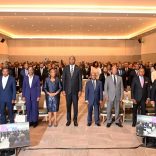
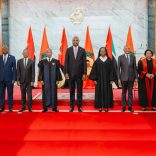
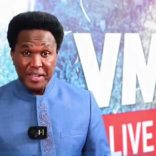
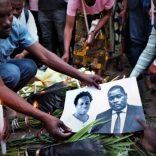

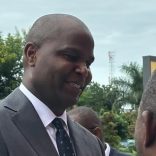
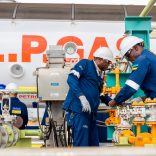


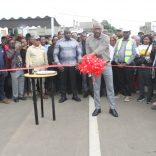
Leave a Reply
Be the First to Comment!
You must be logged in to post a comment.
You must be logged in to post a comment.